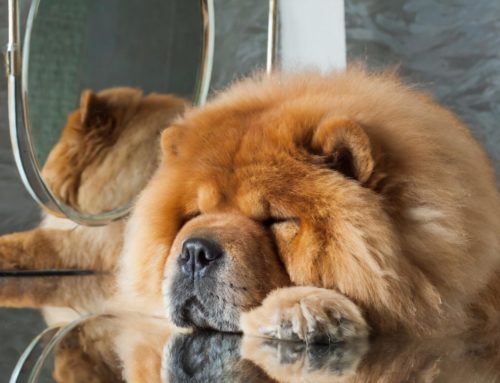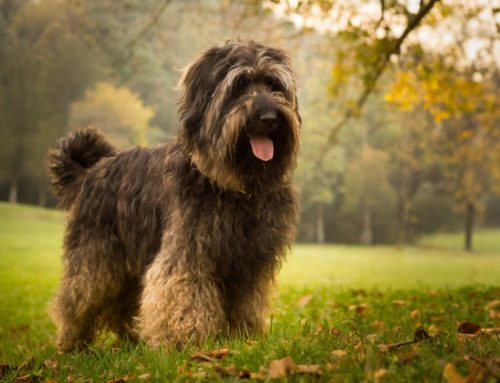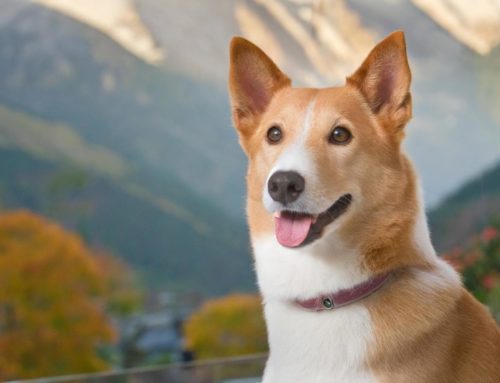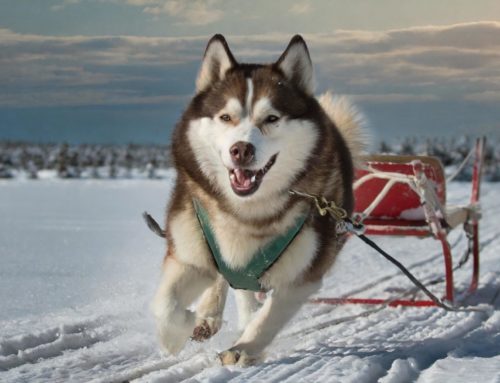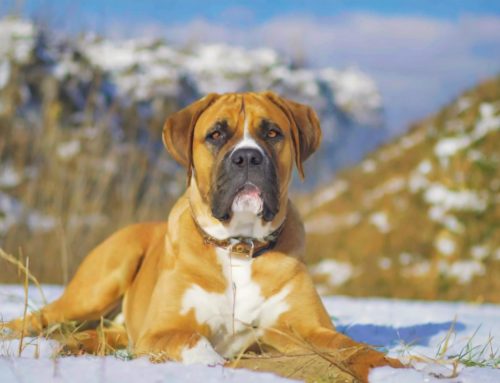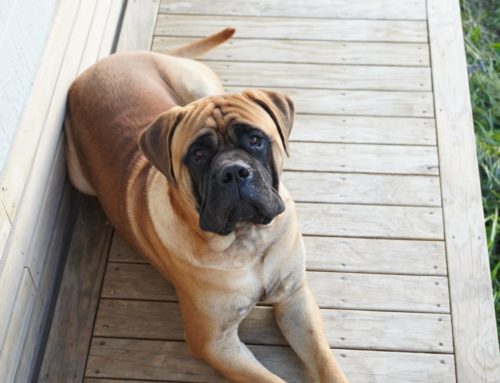
A compact and cheerful dog, the Beagle has a rich history dating back to the time of King Henry in England. Originating from the hound group, this breed was originally used in packs to hunt hares and rabbits, thanks to their excellent sense of smell and affectionate nature.
The modern Beagle, as we know it today, is the result of careful breeding, with the breed standard established by organisations such as the Raad van Beheer. The Beagle Club Netherlands plays an important role in maintaining these standards and offers support to owners buying a Beagle puppy.
Beagle puppies are loved for their cheerful and intelligent nature. Their coats come in a variety of colours, including the classic tricolour (black and tan), as well as lemon and tan. These dogs are known for their compact build; the back is straight and the coat dense and weather-resistant, making them suitable for long walks in different weather conditions.
Many Beagles are also used as guinea pigs, and some of these dogs end up being rehomed through animal shelters. Fortunately, many of these older animals can find new homes where they are lovingly taken in.
The appearance of the Beagle
The Beagle is a compactly built dog, from the hound group, known for its hunting passion and friendly nature. This breed, often used for hunting rabbits and hares, has a strong build and a cheerful nature. A typical Beagle has a medium-sized, sturdy build with a fairly long spine, which gives it excellent balance and agility.
In appearance, the Beagle can be recognised by its broad head and large, brown eyes, which exude a cheerful and intelligent look. The ears are long and pendulous, contributing to their distinctive expression. Their coat is short and dense, which is easy to maintain. Common colours are tricolour, black and brown, or red and white.
Breeders focus on preserving the pedigree and distinctive characteristics of the Beagle. These pedigree dogs are popular not only with hunting dog lovers, but also with families as friendly and gentle companion dogs. They get along well with children and other pets and adapt easily in a new home.
Hereditary diseases and disorders
The Beagle, a popular and common dog breed, is unfortunately not immune to some hereditary diseases and disorders.
Here is a list of some common hereditary conditions in Beagles:
- Epilepsy: A neurological disorder that leads to recurrent seizures.
- Hip dysplasia: A developmental disorder of the hip joint, which can lead to arthritis and pain.
- Hypothyroidism: A condition in which the thyroid gland does not produce enough hormones, which can lead to weight gain, hair loss and other symptoms.
- Intervertebral Disc Disease (IVDD): A condition that affects the dog’s vertebrae, often leading to back pain and, in severe cases, paralysis.
- Cherry Eye: A common problem in which the tear gland of the third eyelid moves out of position.
- Pulmonary Stenosis: A heart defect in which blood flow from the heart to the lungs is restricted.
- Musladin-Lueke Syndrome (MLS): A genetic disorder that leads to joint stiffness and other developmental problems.
- Factor VII deficiency: A blood clotting disorder that can lead to excessive bleeding.
The character of the Beagle
The Beagle is known as a cheerful and friendly dog, loved by dog lovers of all ages. A descendant of hound breeds such as the Basset and older hunting dogs such as the German Pomeranian, the Beagle possesses a lively and adventurous spirit.
These traits, combined with their intelligence, make the Beagle an excellent and versatile companion. Beagles are naturally curious and stubborn, which makes them both charming and sometimes challenging to raise.
As puppies, Beagles have a lot of energy and are enthusiastic about exploring their surroundings. This can sometimes lead to ‘ beagle pain ‘, a term affectionately used to describe their propensity for mischievous behaviour. Early training and socialisation are essential to making your Beagle well-trained and obedient.
Despite their background as hunting dogs, Beagles are generally not good guard dogs because of their friendly nature. They get along well with children and other pets, which makes them ideal family dogs. Older Beagles can be more relaxed and less energetic, but retain their loving and playful nature.
As a breed originally bred for hunting, the Beagle has a highly developed sense of smell. This makes them suitable for activities that exploit their tracking skills.
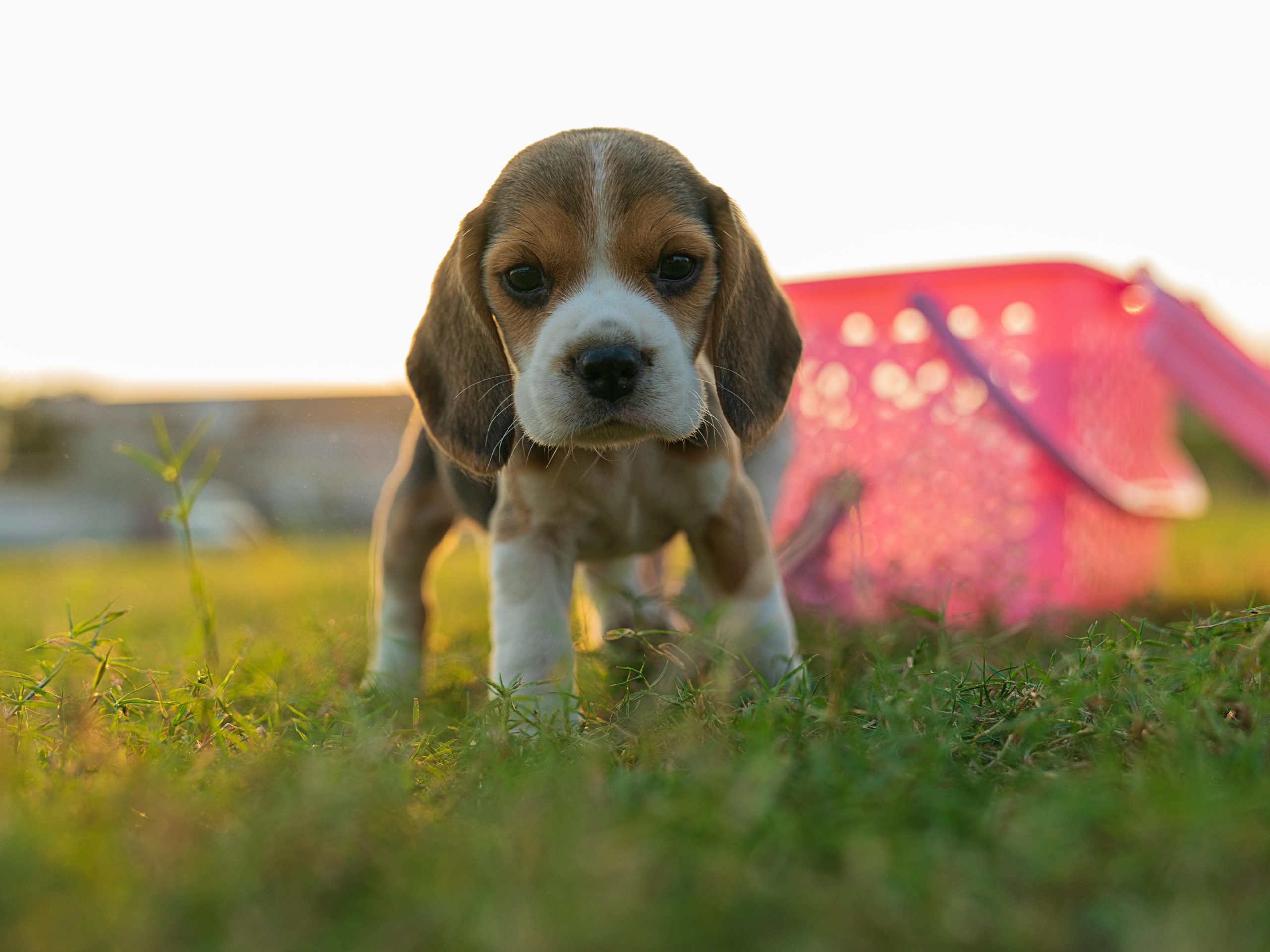
The Care of the Beagle puppy
Caring for a Beagle, whether a happy new Beagle puppy or an older Beagle, requires attention and dedication. As a descendant of hound breeds, the Beagle has certain characteristics that require specific care.
First of all, it is important to take good care of your Beagle’s coat. Although they have a shorter coat than some other breeds, such as terriers, Beagles need regular brushing to keep their coat clean and healthy. This also helps control loose hair and can reduce allergic reactions in people.
Beagles are intelligent and active dogs that need plenty of exercise. Daily walks and playtime are essential to keep them healthy both physically and mentally. It is important to keep an eye on their weight, as Beagles tend to get overweight, which can lead to health problems.
Finally, given their friendly nature, socialisation is an important aspect of their care. Beagles generally get along well with children and other pets, but as with any breed, early and positive socialisation is key to developing a well-adjusted and happy dog.
Socialisation and upbringing of the Beagle
The socialisation and upbringing of a Beagle are crucial aspects of their development. These intelligent and energetic dogs require a consistent and positive approach to training and socialisation from an early age. Beagles are known for their friendly and social nature, making early socialisation with other dogs, pets and people essential.
This helps them adapt to different situations and encourages a balanced temperament. Introducing them to various environments and sounds minimises fear and reticence.
Consistent training is also important. Beagles can be stubborn, so patience and persistence are needed. Positive reinforcement, such as praise and treats, works best. Basic commands such as ‘sit’, ‘stay’ and ‘come here’ are essential for their safety and promoting obedience.
Because of their strong sense of smell and hunting instinct, it is important to teach them to respond to commands during walks. This prevents them from straying or getting into dangerous situations.
How much experience does a Beagle require
Known for its cheerful and friendly nature, the Beagle can be a suitable choice for both experienced and inexperienced dog owners.
For inexperienced owners, the Beagle can offer a good introduction to dog care, thanks to its relatively moderate size and adaptability. However, potential owners should be aware of some specific characteristics and needs of this breed. Beagles are intelligent and can sometimes be stubborn, requiring consistency and patience in training and socialisation.
This can be challenging for inexperienced owners, but with the right resources and possibly help from training sessions, they can successfully learn how to raise and care for their Beagle. For experienced dog owners, the Beagle offers interesting challenges and rewards. Their experience in dog training can help manage the Beagle’s sometimes stubborn behaviour.
Moreover, experienced owners can apply their knowledge of dog care to ensure a healthy and happy Beagle. In either case, it is important for owners to devote sufficient time to exercise, training and companionship, as Beagles are social animals that thrive on interaction and activity.
Is training necessary?
Training is absolutely necessary for the Beagle, a breed known for its intelligence and sometimes stubborn nature. Beagles are originally hunting dogs, and this background means they have a strong drive to track and trace. Without proper training, they can be easily distracted by scents, which can lead to unwanted behaviour such as running away or ignoring commands.
Consistent and positive training methods work best for Beagles. Basic commands such as ‘sit’, ‘stay’, and ‘come here’ are essential for their safety and to keep them under control. It is also important to train them to respond to a whistle or a specific command, especially during walks or outdoor activities.
Socialisation training is also important for Beagles. By exposing them to different people, animals and environments at an early age, they can grow into well-adjusted and friendly dogs. This also helps prevent anxiety and aggression.
How much exercise does a Beagle need
A Beagle, known for its energetic and playful nature, needs a considerable amount of exercise daily. As a breed with a strong hunting background, Beagles are naturally active and require regular physical and mental stimulation. On average, a Beagle needs about one to one-and-a-half hours of exercise a day, spread over several walks and play sessions.
This exercise is important not only to maintain their physical health, but also to prevent them from getting bored, which can lead to destructive behaviour. Activities such as walking, running and playing in a safe, fenced environment are ideal. Beagles also enjoy scented games and treasure hunts, which stimulate their natural instincts.
It is important to remember that although Beagles love exercise, their activities should be adapted to their age and health. Young Beagles often have more energy and can handle more intense activities than older dogs.

How is it getting along with children?
The Beagle is known as a particularly child-friendly dog breed, making it an excellent choice for families. These dogs are known for their gentle and patient nature, which means they get along well with children of all ages. Their playful and cheerful nature makes them fun and energetic playmates for children.
Beagles are naturally social and enjoy interaction and attention, making them loyal companions.
Their medium-sized size makes them sturdy enough to play with children, but they are not so big that they can be overwhelming. However, it is important to monitor interactions between young children and Beagles to ensure that play remains safe and respectful for both the child and the dog.
It is also essential that children are taught how to interact with the dog in a respectful and gentle manner. For example, they should be taught not to disturb the dog while eating or sleeping and not to play rough games.
Advantages of a Beagle
- Friendly and Social: Beagles are known for their cheerful and friendly nature, making them great family dogs.
- Good with Children: Their gentle and playful nature makes them ideal for households with children.
- Intelligent and Trainable: Although they can be stubborn at times, Beagles are intelligent and can respond well to positive training methods.
- Active and Energetic: They are perfect for active families and enjoy walks and playtime.
Disadvantages of a Beagle
- Strong Scent: Their hunting instinct and excellent nose can lead to distractions and tracking scents, which can be a challenge on walks.
- Stubbornness: Their independent nature can sometimes make training challenging.
- Tendency to Bark: Beagles can be vocal, which can be problematic in some living environments.
- Need for Exercise: They need sufficient exercise to avoid obesity and boredom.
How old a Beagle gets
The Beagle, has an average life expectancy ranging from 12 to 15 years. This lifespan can be influenced by several factors such as genetics, lifestyle and health care.
Price of a Beagle
The Beagle, celebrated for its joyful nature and keen sense of smell, enjoys widespread popularity across the US. Here’s an overview of what you might expect in terms of pricing, alternatives, and some handy advice:
- Price Range: A Beagle puppy may cost between $600 and $1,200.
Factors Influencing Price:
- Breeder’s Reputation: Puppies from acclaimed breeders noted for their champion lineage tend to be pricier.
- Pedigree: AKC-registered Beagle puppies command a higher price than those without registration.
- Geographical Location: Costs can escalate in areas with a steeper cost of living.
- Age: Grown Beagles often cost less than their younger counterparts.
- Coat Color: Uncommon colors such as lemon or bluetick may fetch a slightly higher price.
Breeds Similar to the Beagle:
If the Beagle’s amiable temperament, playful disposition, and prowess in tracking appeal to you, you might also enjoy these breeds:
- Basset Hound: Known for their docile nature and iconic long ears, these dogs usually range from $800 to $1,500. They’re less active compared to Beagles.
- Harrier: A breed built for stamina and hare hunting, expected to cost between $800 and $2,000. They’re bigger and need more physical activity than Beagles.
- Foxhound: Esteemed for their hunting abilities, with prices akin to the Harrier. They share the Harrier’s need for substantial exercise.
Additional Guidance:
- In-Depth Research: Beagles are vocal by nature, often engaging in baying and howling. Confirm that you’re ready for their level of communication.
- Training & Socialization: Despite their smarts, Beagles may show a stubborn streak. Early and consistent training, coupled with socialization, is vital.
- Activity Requirements: Beagles are brimming with energy. They thrive on daily physical activities and mental challenges to avoid boredom-induced mischief.
- Securing Boundaries: Given their strong prey drive, Beagles might attempt to chase after intriguing scents. Ensure a secure environment to prevent escapes.
Remember: Committing to a pet is a serious, long-lasting responsibility. Should buying a Beagle not be feasible, adopting from a shelter or rescue could be a rewarding alternative. Not only are the adoption fees more economical, but you may also find Beagles or mix breeds that exhibit similar endearing qualities.
